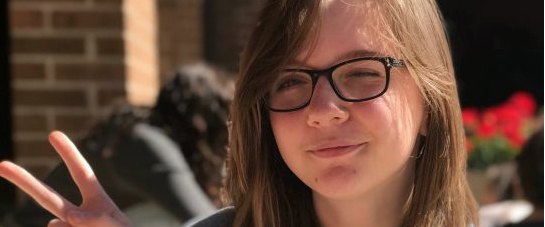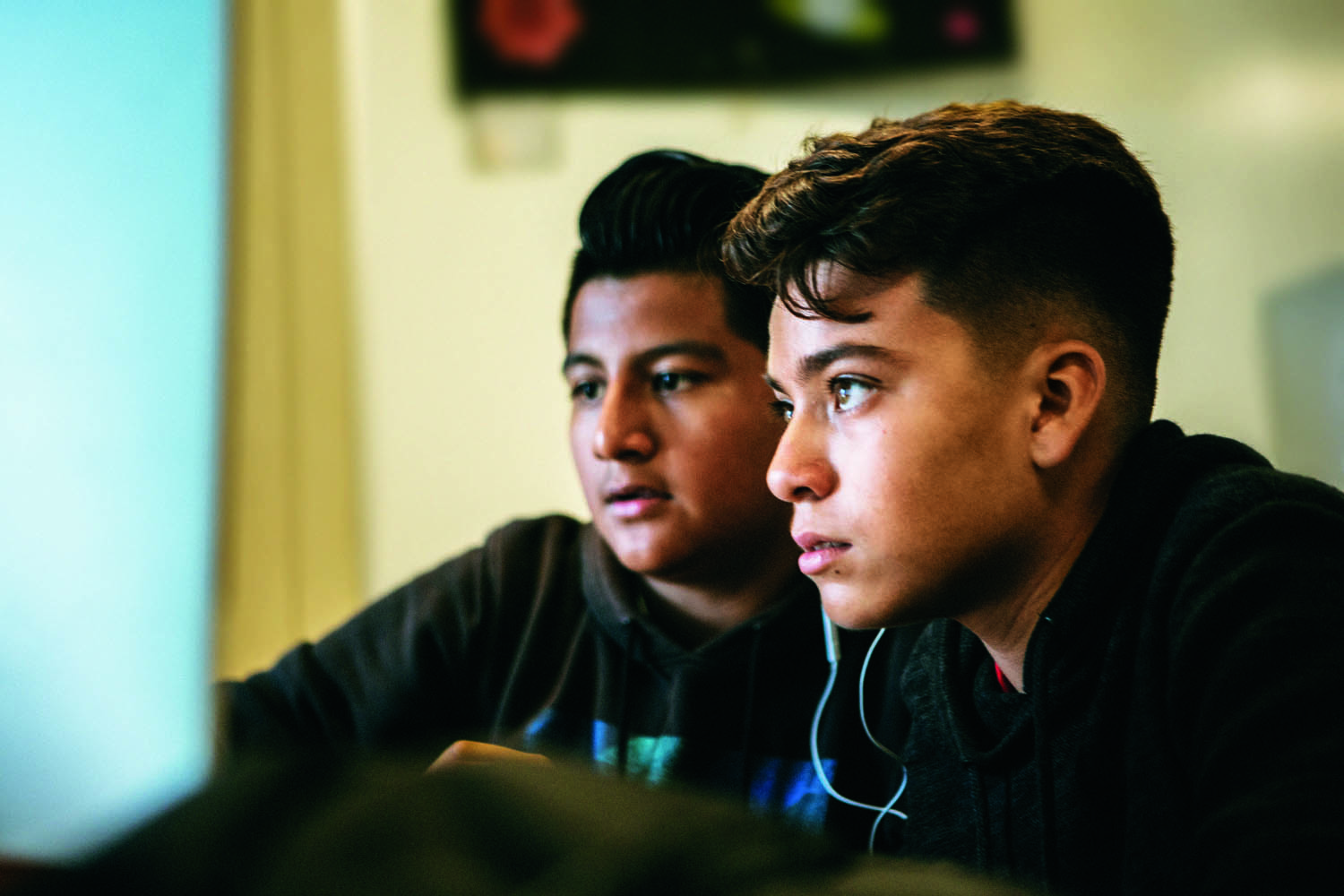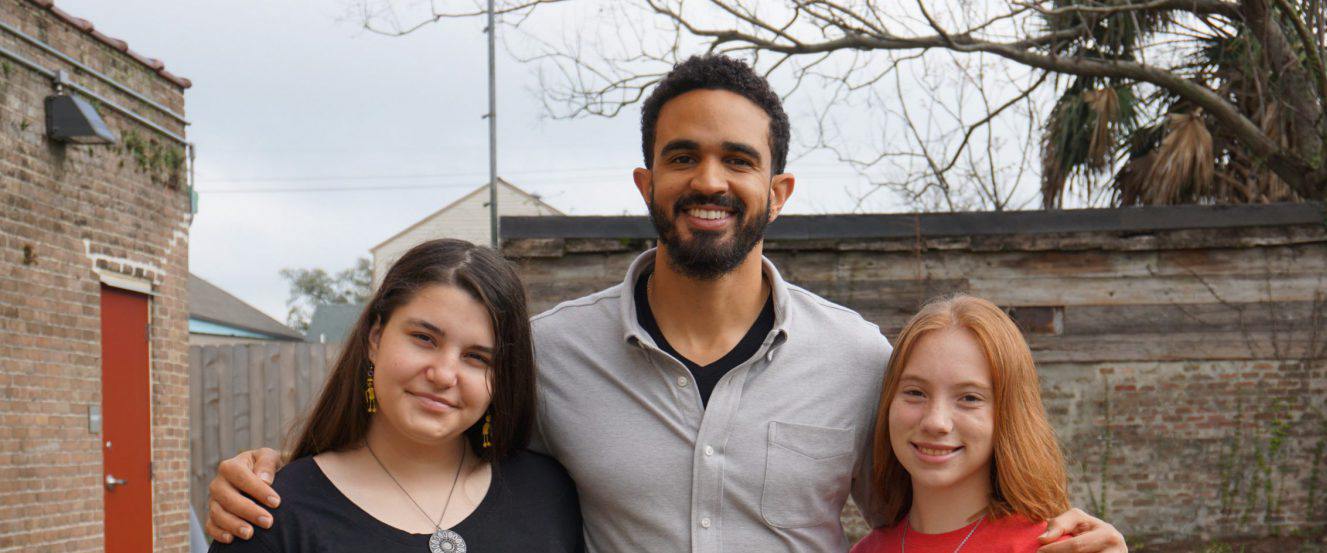Celebrating Women’s History Month: An Approach for Year-Round Learning
How Women’s History Month Came About We honor and celebrate contributions from women in American history…
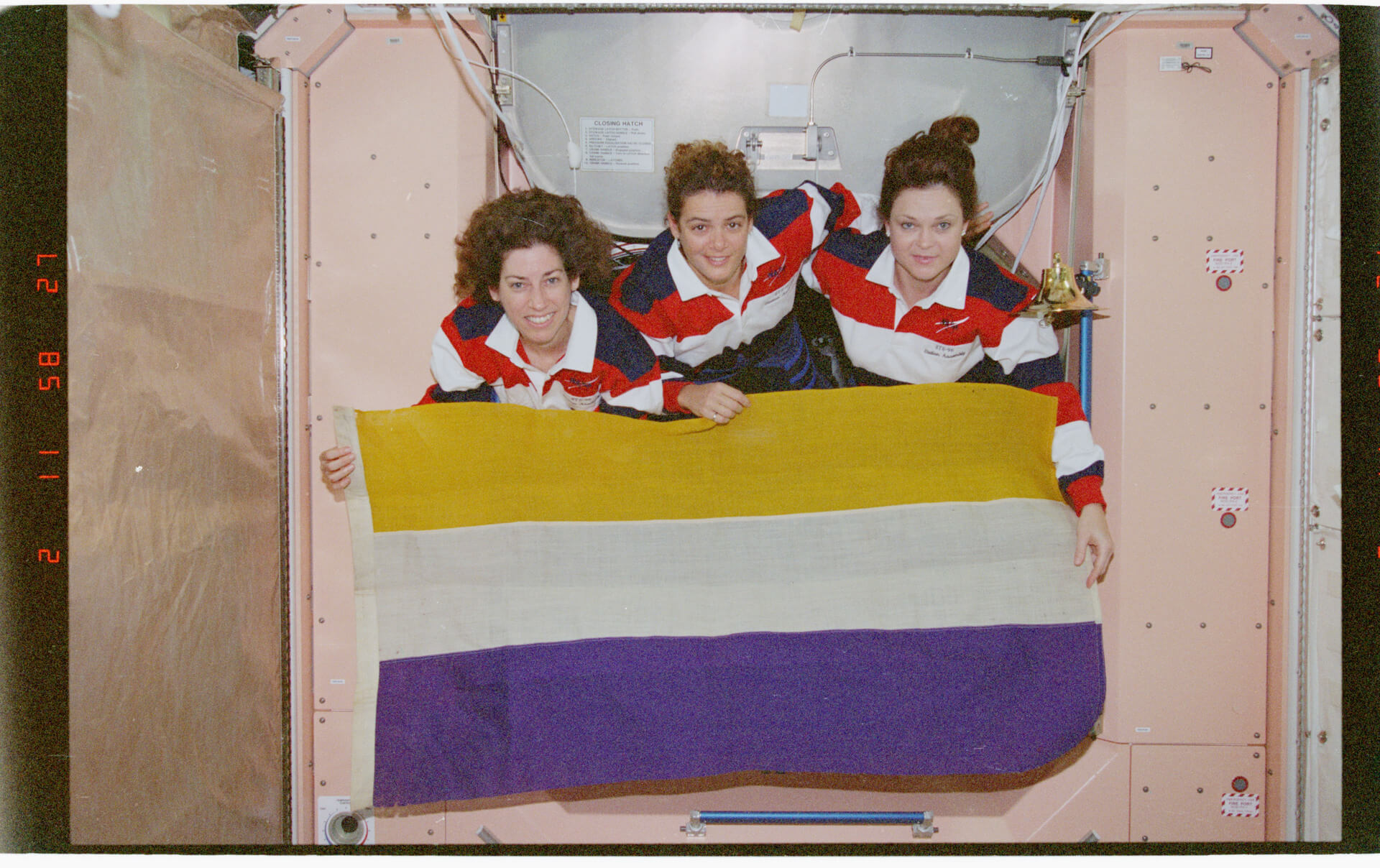

How Women’s History Month Came About
We honor and celebrate contributions from women in American history every March. Women’s History Month was created by the Education Task Force of Sonoma County, California, as a local celebration in 1978. The week was chosen to correspond with International Women’s Day, held every year on March 8th, inspired by early suffrage movements at the beginning of the 20th century. International Women’s Day remains a global holiday to raise awareness of issues women experience—including gender equality, reproductive rights, and violence and abuse against women.
By 1980, several organizations had successfully lobbied for President Jimmy Carter to sign the first Presidential Proclamation, thus officially recognizing National Women’s History Week only two years after its inception. By 1986, 16 states had declared all of March as Women’s History Month, and in the following year, Congress passed a public law officially cementing the month-long recognition.
Strategies for Teaching Women’s History Month
We celebrate Women’s History Month to honor women’s legacy, contributions, and accomplishments that further advance our society. During the month, many classrooms pay special attention to the narrative histories of suffrage and feminist movements over the past century, naming key figures in science, culture, and society. The National Women’s History Alliance (NWHA) annually identifies themes to guide educators. Recent themes have focused on women as healers, voters for equal rights, and advocates against discrimination.
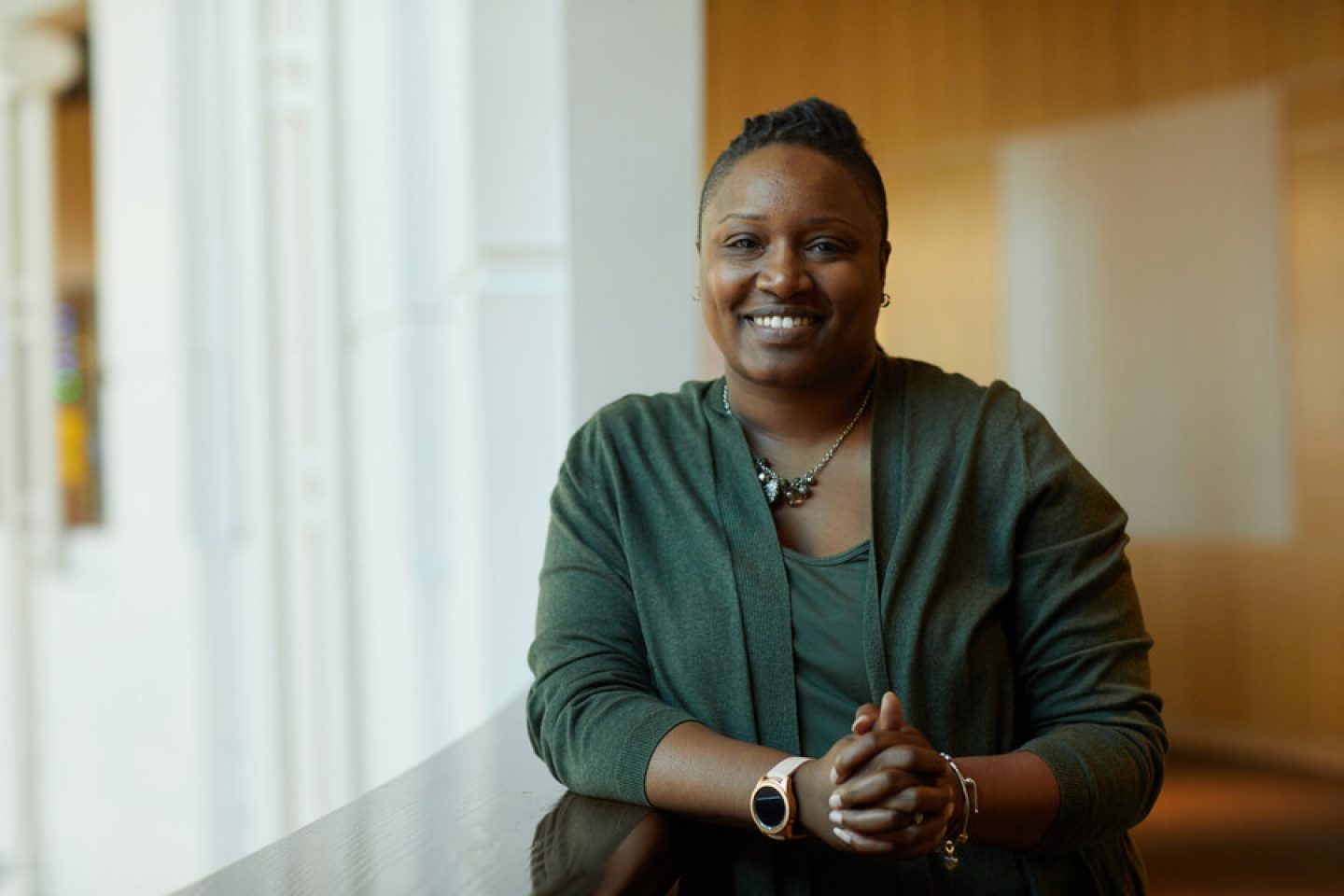
Holistic Approaches for Teaching Women’s History
In addition to celebrating Women’s History Month alongside the NWHA’s themes, any educator can shape their curriculum around four general themes to help promote a more diverse and inclusive classroom experience for students. As a reminder, educators do not need to wait until March to embrace these concepts. Educators should consider how they can diversify the materials in their curriculum for student learning throughout the school year:
- Elevating Voices of Women: The accomplishments and achievements of women are often overlooked, undervalued, or outright dismissed. Educators can shed light on them by making women’s narratives, especially those created by women, the starting point for learning.
- Inspiring and Empowering: History is full of dynamic stories about women overcoming significant obstacles and making tremendous impacts for the greater good. Introducing students to these inspiring stories about women fosters a sense of empowerment in the classroom. Your classroom is surely full of students eager for that inspiration.
- Raising Awareness and Understanding: Women continue to face numerous societal challenges daily. Teachers can address these obstacles explicitly during Women’s History Month with strong inquiry-based projects. Focusing on subjects like gender equality and women’s health can be a starting point for investigating issues tied directly to students’ communities.
- Advancing Diversity and Inclusion: When teaching women’s history, incorporate the perspectives of women from different cultures, ethnicities, races, and socio-economic backgrounds to allow students to see how diverse the world truly is, further preparing them to engage with the various futures they will encounter beyond the classroom.
Using Primary Sources to Drive Content
When teaching women’s history, best practices encourage educators to ensure that most of the content students interact with is written, edited, produced and curated chiefly by women. Using primary sources creates a more authentic learning experience. Examples of primary sources and where to access them include:
- Letters and Diaries: Real history is complex. Letters and diaries allow students to see how the thoughts and experiences of historical figures are just as varied as their peers. Letters and journals, such as those accessed through the Library of Congress, can allow students to compare the thoughts of women’s rights advocate Susan B. Anthony in the U.S. to those of Mary A. Ward in England, who opposed women’s suffrage. Further, students can learn from the voices of Sojourner Truth and Ida B. Wells as they fought for the rights of Black women.
- Photos, Images, and Recorded Video: Multimedia creates a more engaging and impactful learning experience and builds valuable media literacy skills. The U.S. National Archives has a vast collection of videos on YouTube that teachers can easily add to their lesson plans. Also, The Woman’s Collection at Texas Woman’s University has numerous materials for educators, including photos, pamphlets, and advocacy posters.
- Oral histories (recorded audio): Interviews with women who have lived through crucial moments of our modern era provide first-hand knowledge of the experiences and emotions felt during those moments. The Black Women Oral History Project houses recorded interviews with poet June Jordan and activist Sadie Alexander.
- Government documents: such as census records, voting records, and legal documents, can provide important information about women’s political, social, and economic status throughout history. The National Archives and The Library of Congress have thousands of records and artifacts available. The Berkeley Library has a well-organized database focusing explicitly on women’s history in the U.S., including the Black Women’s Suffrage Digital Collection and the U.S. Women’s Bureau Documents.
- Newspapers, magazines, and printed media will likely be the most accessible and easiest ways to incorporate primary sources of past and current media. Articles and editorials provide insights into politics, art, and popular culture during publication. They’re a great way to compare the more modern works of Joan Didion, Gloria Steinem, and Nikole Hannah-Jones with writers from earlier eras to see their works in the context of history.
Gathering sources authored and created by women will promote authenticity and bring more diversity to your class. This doesn’t mean one should dismiss materials made by men, because educators should never use gender as a determining factor in what is or is not included in student learning. Promoting gender equality and understanding means including voices from a mix of identities and orientations—not to dictate how one should live but as a platform for understanding the complexities of human life.
Teachers should strive for a way to promote the most authentic learning experiences available to students. Context is crucial when interacting with multiple sources as it will help students understand how biases and perspectives play a role in creating those materials. Analyzing and comparing multiple perspectives will allow students to build a more complete and nuanced understanding of women’s history and how gender impacts our perceptions.
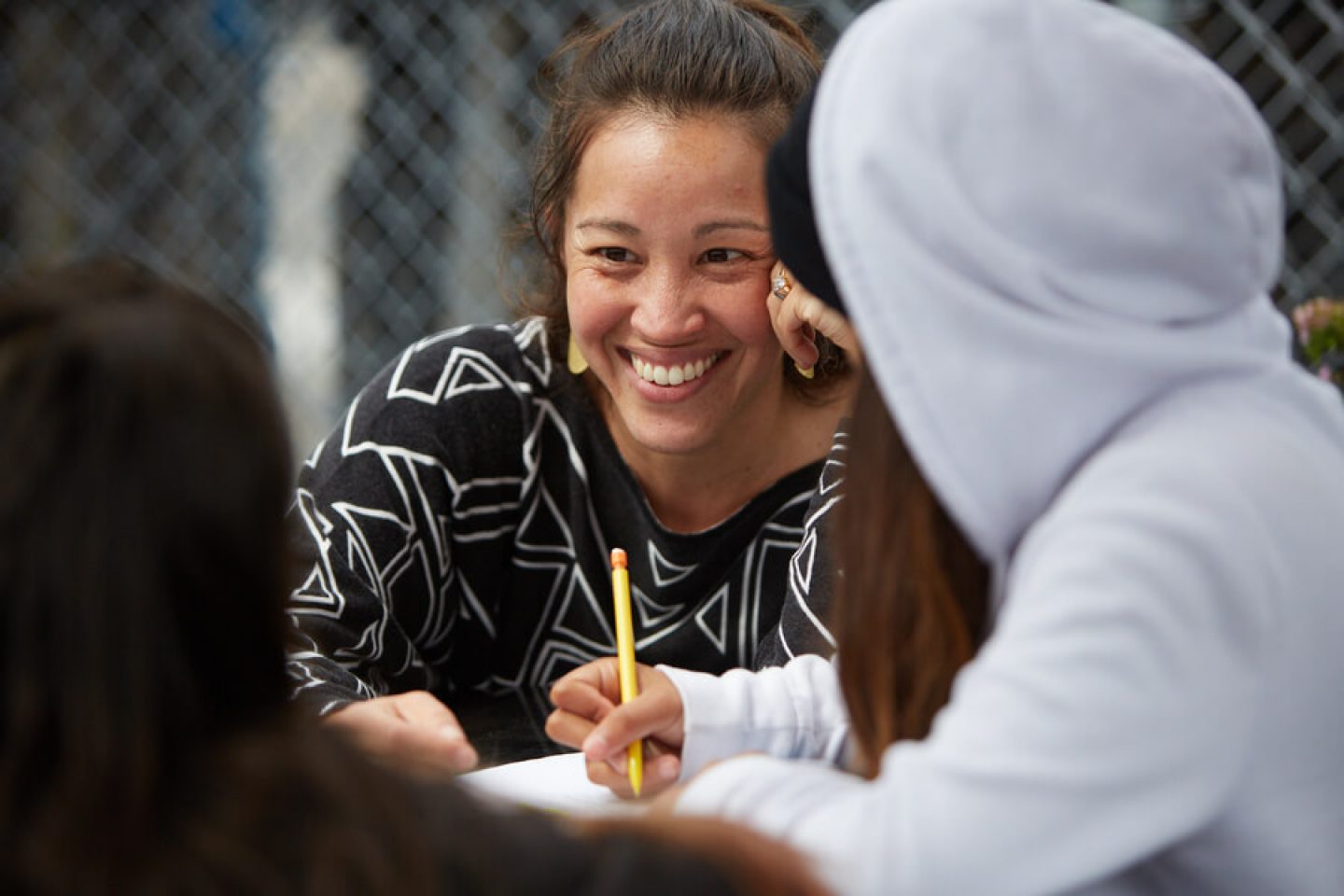
Projects & Place-Based Learning Approaches to Women’s History
When integrating Women’s History Month into your curriculum, Project-Based Learning (PBL) can be a valuable instruction model for covering content in student-centered, inquiry-driven instructional approaches. In general, PBL is an educational approach in which students engage in a long-term, meaningful project that requires them to apply what they have learned to solve a real-world problem or answer a complex question. It’s also one of the most effective ways to connect students with their communities by anchoring local partners.
Below are strategies educators can employ through their projects that engage students and celebrate women’s history and achievements.
- Creating Meaningful Activities for Expression and Understanding: Using Design Thinking, ask students to identify questions or problems they have regarding the topic. Start with, “why did it take 50 years for women to earn the right to vote in the U.S.?” Or, go more granular and focus on local issues, such as:
What local organizations focus on women’s rights in my community?
Is it easy for a woman in my community to access quality medical care?
Does my local college or university offer a women’s study course?
What is the ratio of female doctors, teachers, and public service officials in my community compared to males?
Educators can use these questions to guide student inquiry toward defining more specifics and then encourage students to ideate ways to address these solutions. At XQ, we’ve identified meaningful, engaged learning as one of our six Design Principles when transforming high schools to improve student learning.
- Elevating Projects with Community Partnerships: Another XQ design principle, identifying community partners, can be a deliverable for students and a way to kickstart a big project. Finding local institutions that advocate for women, teach their histories, or represent the communities’ public health can be valuable partners in guiding students through the subject. Asking community partners to engage with the project ensures students have deeper connections to their community’s identity. Through representation, students can see themselves continue impactful work in their years beyond high school.
- Incorporating Student Voice: Teachers begin from a student-centered perspective when asking students to identify the questions they want to focus on. Enhancing this means allowing students to have agency in defining what success looks like and determining how they’ll showcase mastery. Incorporating student voices means encouraging them to bring their experiences to a project and fostering collaboration through active listening and discussion. Youth voice and choice is another one of XQ’s design principles.
- Elevating Female Voices for Student Growth: Elevating female voices through project-based learning begins with representation. As mentioned above, ensuring that a fair amount of content is created by and about women is vital to equal representation. Asking women experts to share their stories and experiences will allow students to have meaningful conversations about how gender and stereotypes impact women in their professions. This will go a long way in ensuring all students build empathy and that female students see their identities are recognized and matter.
- Taking Learning Outside the Classroom: During Women’s History Month, identify potential opportunities for students to visit local historical sites to learn more about the stories and impacts of women in their communities. These locations can be great places for students to meet with community members and partners to learn how history impacts their lives today.
Consider walking tours and visits to women’s advocacy groups or chapter sites so students can learn directly from those involved in building greater public awareness. You can also visit businesses created and managed by women so students can see examples of leadership. Finally, consider how to visit medical or research sites that show when, how, and where women have made impacts through their contributions to STEM fields.
Celebrating Women Educators
When celebrating the achievements and accomplishments of women across the country, we can also turn our attention to women educators–taking time to recognize them for their service and commitment to education.
According to the National Center for Education Statistics (NCES), female teachers make up nearly 80 percent of all teachers. In the past two decades, the number of female teachers in high school classrooms has grown almost five percentage points as more men leave the profession for other fields. Researchers have also found wage gaps between the genders, with male teachers more likely to receive administrative positions sooner.
Educators are among the most educated professionals and require the most continuing education to sustain their practice. Some studies found that teachers are often paid disproportionately less than other college-educated professionals. Some experts point to a historical bias against jobs filled largely by women.
We can combat stereotypes about the value of women by elevating and celebrating the dynamic stories of our women educators, their challenges, and their contributions. This can begin by exploring the works of Alice Palmer, Mary McLeod Bethune, bell hooks, and Alison Gopnik. Their contributions were pivotal in transforming the educational standards and practices we still use today.
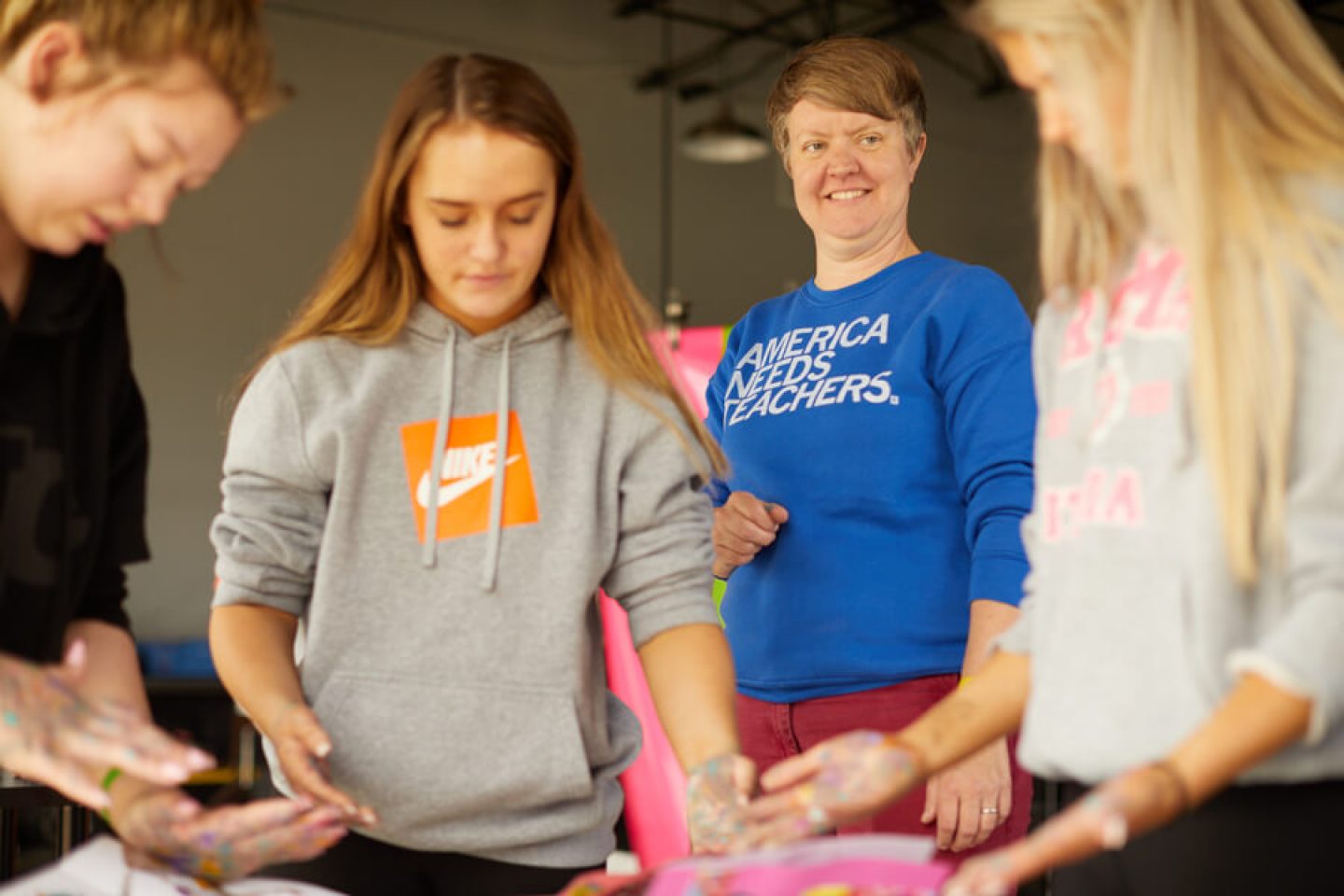
Looking beyond Women’s History Month
Looking beyond Women’s History Month, we can elevate female voices and enhance student learning by intentionally incorporating women’s diverse perspectives and experiences throughout the curriculum year-round. The month of March can create an invitation, but we should always continue celebrating the achievements of women between yesterday and today.
We must highlight women’s contributions to various fields and disciplines because these contributions are often overlooked. Through project-based learning, we can create meaningful, engaged learning experiences that connect students deeply with their communities, ensuring they see how supporting women inside and outside the classroom strengthens their communities more broadly.
Through honest and guided discussion, we can help students think about how their experiences shape their perspectives. This model of inquiry can help them examine the intersectionality of gender with race, class, and other identities as they develop their critical thinking and analytical skills. Additionally, providing resources and opportunities for students to engage with and learn from female figures and leaders can inspire and empower them to pursue their aspirations and make positive changes in the world.
Additional Resources
100 Years Later – The Complicated Legacy of the 19th Amendment from XQ
10 Inspiring Women’s History Project-Based Learning Ideas for WHM from Experiential Learning Depot
6 National Women’s History Month Activities for Students from HMH
Projects for Women’s History Month from PBL Works
Women’s History Month: 6 Lesson Plan Resources from EdutopiaWomen’s History Month Lesson Plans & Activities from Education World
About the top photo: Astronauts Ellen Ochoa, Julia Payette, and Tamara Jernigan (left to right) hold a women’s suffrage banner from the early 20th century while orbiting Earth aboard Space Shuttle Discovery in 1999. After boarding the International Space Station, Ochoa delivered a public service announcement to commemorate the Presidential Commission on the Celebration of Women in American History. (Photo courtesy of the National Archives, NAID: 23209923, May 1999).
